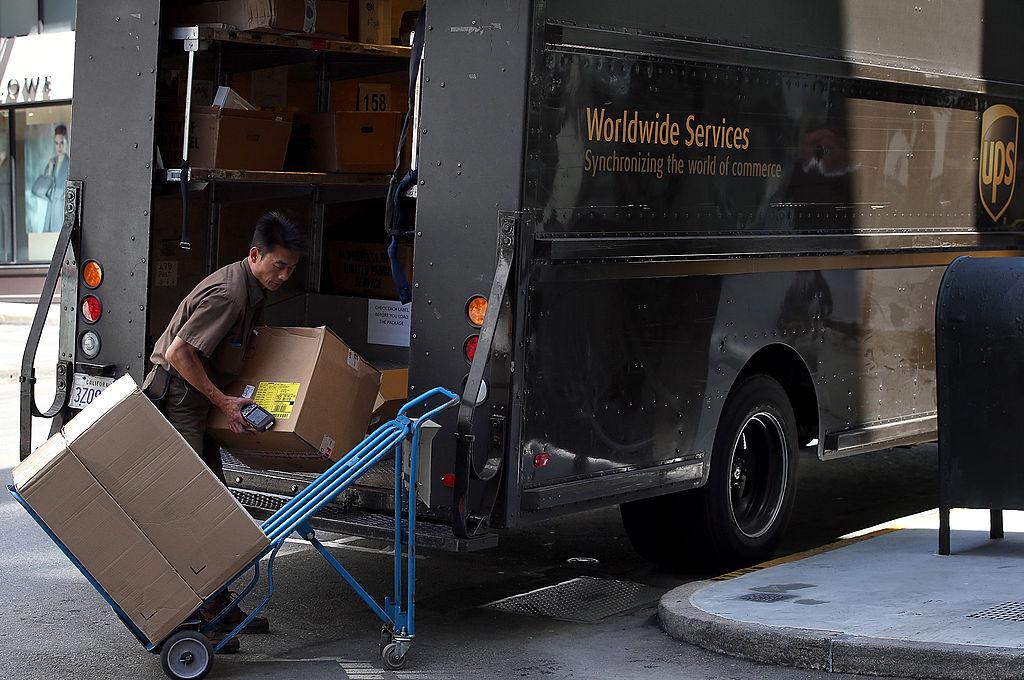A looming strike by the United Parcel Service could disrupt deliveries, in the largest strike against a single employer in American history.
Contract negotiations between UPS and the Teamsters stalled last week, raising the likelihood of a strike in early August, as well as major disruptions in a highly competitive package delivery market.





